Right now, you buy a Hawaii ticket, board the plane, and only then does the truth hit you. The tray table is closer than you expected, your knees brush the seat in front, and the armrest feels tighter than it looked online. By that point, it is too late to change anything.
Starting January 1, 2026, airlines serving Hawaii will introduce new seat preview technology that shows you what you are buying, which could encourage you to spend more. Are you up for the game? Instead of just a fare code and a price, you will see 3D cabin views, seat images, and detailed lists of what is included.
For long-haul Hawaii flights, that could be a turning point. Once you see the reality of your economy seat in advance, the temptation to pay more for something better may be hard to resist.
How airlines are reshaping Hawaii fares and choices.
Earlier this year, we showed how new software now secretly drives Hawaii airfare pricing. ATPCO’s Architect tool rewired the way fares are priced, making them more volatile and complicated to pin down. Airlines now track how, when, and where you search, and they adjust fares in near real time, as we detailed in airline tricks just got way smarter and Hawaii airfare is changing.
The other piece of this new puzzle is Routehappy, which does not move fares at all but instead shapes how you perceive them. While Architect adjusts the price on the screen, Routehappy focuses on how you feel about what that number actually represents.
Instead of neutral fare data, airlines are now serving up glossy visuals of premium economy, extra-legroom seating, or business class, alongside the reality of standard economy. On Hawaii’s long-haul flights, that contrast is strategic. Once travelers see the gap, upgrading for a six hour Hawaii flight stops feeling like a splurge and starts feeling like self-preservation.
The issue is not just transparency. It is how airlines are using it to encourage you to spend more on an already expensive Hawaii trip. Between fluctuating base fares and add-ons that feel like resort fees, this new clarity appears to be another way to squeeze Hawaii flyers.
Why Hawaii was a natural for this new strategy.
A Hawaii trip is not a short hop you can grit your teeth through in a cramped seat. It is five to ten hours in the air, which makes the islands an ideal test market for airline upsell experiments. ATPCO’s own numbers back it up: more than 80 percent of travelers say they want to see their seat before booking, and two-thirds admit they are more likely to pay extra once they have compared the options.
And it is not just one or two carriers experimenting. It is all of them: American, Delta, United, Southwest, and Alaska (including Hawaiian). The result is likely to be the same no matter who you book with: glossy, near-real-time displays of cabins, seats, and perks, carefully designed to make the standard economy option look like the option of very last resort.
What booking a Hawaii flight will really look like in 2026.
Fare shopping is about to feel less like comparing numbers and more like walking through a showroom. Instead of “Main Cabin Extra” or “Comfort+” tucked into fine print, you will be shown spinable seat images and even full cabin walk-throughs. Premium economy will be presented as the sweet spot, the in-between cabin airlines hope will finally pay off. On Hawaii routes, that often means hundreds more per roundtrip — $150 to $200 each way for extra legroom, or $400 and up for premium economy.
Extra-legroom seats will be positioned as the natural next step up even for those going no further. Meals, Wi-Fi, and entertainment will no longer be just asides in a fare chart but instead glossy visuals meant to catch your eye and get you to buy.
Behind the scenes, airlines will be updating this content through a new hub, while sites like Expedia, Google Flights, and Kayak will pull the same feeds. The sales pitch is consistency, but the effect is more pressure no matter where you shop. The message will be clear: the cheapest seat you plan to buy may no longer look like the seat you really want. The airlines are betting on it, and they are probably right.
How airlines will upsell you on Hawaii flights.
Every airline serving Hawaii has its own playbook. United will push Economy Plus on most flights and, on its longest Hawaii routes, highlight Premium Plus and Polaris business. Delta will spotlight Comfort+ across the fleet, while also marketing Premium Select and Delta One on widebodies. American will emphasize Main Cabin Extra on narrowbodies and lean on Premium Economy and Flagship Business when it brings in larger aircraft.
Southwest, once known for a one-size-fits-all cabin, has already refitted every plane flying to Hawaii. Rows with 34 inches of pitch now sit beside rows at 31 inches, down from the 32 inches that used to be standard. Those extra-legroom seats are in place today, but they will not be sold as a separate product until the new year.
Alaska, now also standing in for Hawaiian, will highlight both its narrowbody fleet and the A330 widebodies.
The pattern is the same, regardless of the airline. Show the standard economy seat for what it is, then place something slightly better right next to it. For travelers staring down a six to ten hour Hawaii flight, that contrast is no accident. The upsell is calculated, and many passengers will find themselves paying more simply to avoid the least comfortable option.
Two systems, one goal.
Architect and Routehappy are not separate airline product stories. They work together. Architect makes sure fares can move immediately as demand shifts. Routehappy ensures travelers see the product in ways that strongly encourage upgrades. The result is a sales funnel: a tight seat shown next to a roomier one, paired with prices that are adjusted to make the step-up seem worth it.
It is clever, but it is also relentless. Airlines are no longer just selling flights. They are managing your psychology from the moment you start shopping.
How Hawaii travel will feel different in 2026
For travelers, the new transparency cuts both ways. On the plus side, there will be fewer surprises at the airport. You will know what your seat looks like before you fly. On the downside, you will be under more pressure to spend.
Families, especially, may face higher costs once the visuals make it clear what basic economy really means on a long flight. Many will feel compelled to pay more just to make their trip bearable.
Hawaii itself does not control how airlines retail their seats, but the islands will feel the effects. Higher airfare bills ripple into vacation budgets, shaping decisions about hotels, dining, and activities. Yet travelers who do pay more may arrive happier, knowing they chose comfort up front.
The bottom line is simple: Hawaii flights are about to become more transparent than ever. You will see precisely what you are buying, and airlines are betting you will spend more once you do.
Have you started seeing richer visuals when shopping Hawaii flights, and did it change what you booked? Please tell us what you noticed and whether it influenced your decision to pay more for comfort.
Photo Credit: Beat of Hawaii, rethinking seat choice.
Get Breaking Hawaii Travel News
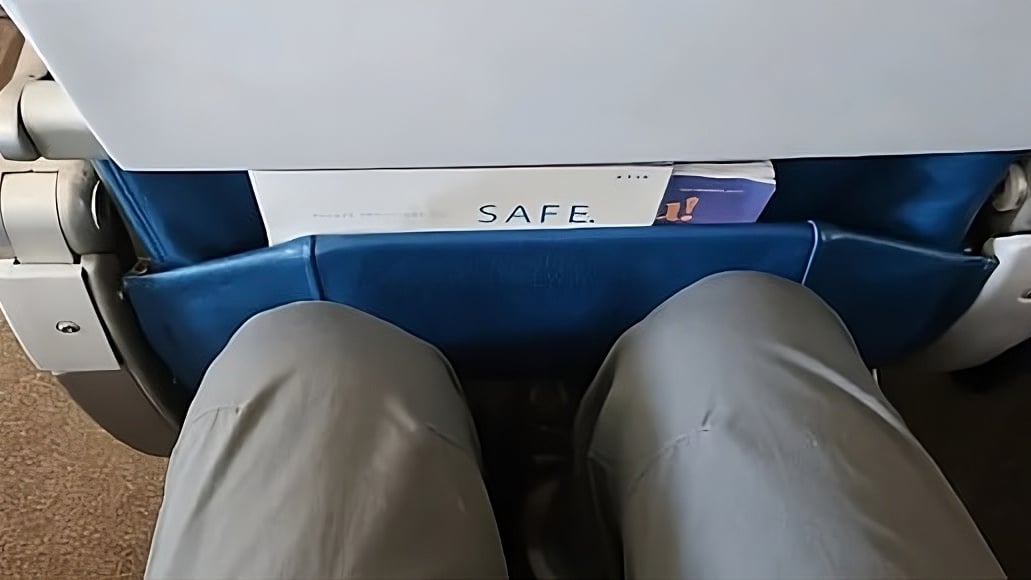
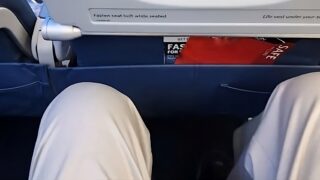
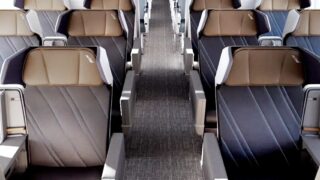
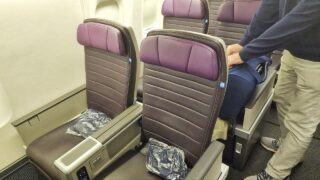
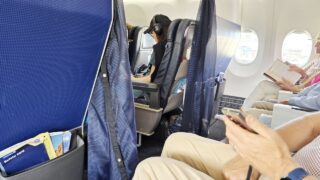
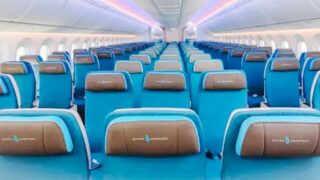
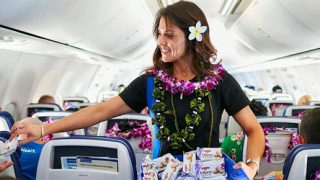
Just more reasons to forgo flying and stick to road trips.
Dynamic pricing sucks. Cheaper to just stay home.
Bet they don’t show pictures of the bathroom lines. Or because of those lines how passengers can’t move around the cabin. Let alone impromptu Hula, or singing. Also won’t show how the “flight attendants” try and provide the minimal assistance they can with the isles full of people waiting for the bathroom. Flying used to be fun, an adventure, now it’s something to be endured and survived. Makes for grumpier travelers and grumpier staff.
if they showed the bathroom, people would definitely stay home.
I have not seen any visuals on any of the airlines mentioned. I’m still shopping and have not booked flights for next year.
Some of the airline seats are just hard and uncomfortable. No cushion or lumbar support. It don’t matter if you get more legroom if the seats feel like a wooden box resulting in back pain. I wish airports had a sample of each in reality at the entrance terminal area so passengers really know what they are buying. Photo’s just don’t tell the whole truth. When shopping for a car don’t most people check to see if the seats are comfortable in comparing models and trim types or do they just purchase a car from a photo.
Well then people can quit complaining about the lack of space that “they didn’t know about”